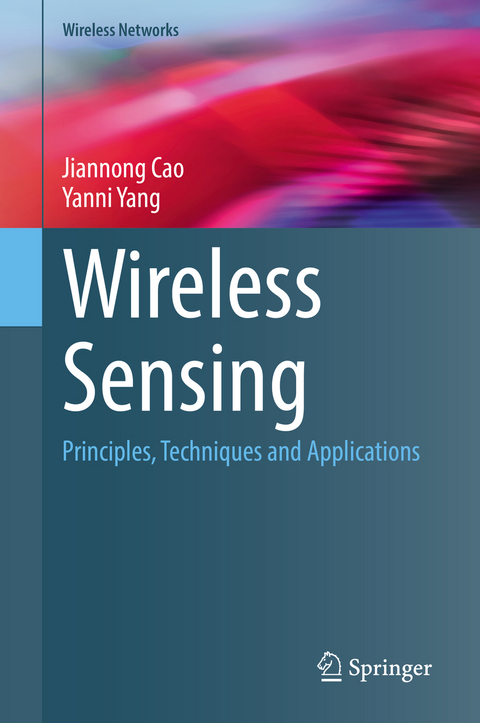
Wireless Sensing
Springer International Publishing (Verlag)
978-3-031-08344-0 (ISBN)
This book systematically presents the wireless sensing technology, which has become a promising sensing paradigm in recent years. It includes the introduction of underlying sensing principles, wireless signals, sensing methodologies and enabled applications. Meanwhile, it provides case studies to demonstrate how wireless sensing is applied for representative human and object sensing applications.
This book also provides a wireless sensing framework as a guidance to understand and design a wireless sensing system or prototype based on their needs. It also presents a critical investigation of the challenges in achieving wireless sensing in both signal-level and application-level contexts. Accordingly, it summarizes the typical solutions to tackle the related challenges.
Researchers and advanced-level students in computer science or electrical engineering working on the design of a wireless system will find this book useful as a reference. Professionals working in the wireless sensing industry will also find this book valuable as a reference tool.
Jiannong Cao received his M.Sc. and Ph.D. degrees in computer science from Washington State University. Before that, he received his B.Sc degree from Nanjing University. He is currently a Chair Professor in the Department of Computing at The Hong Kong Polytechnic University (PolyU). He is also the Dean of Graduate School, the Director of Research Institute of Artificial Intelligent of Things, the director of the Internet and Mobile Computing Lab, and the Vice Director of the University's Research Facility in Big Data Analytics in PolyU. His research interests include distributed systems and blockchain, wireless sensing and networking, big data and machine learning, and mobile cloud and edge computing. He has co-authored 5 books, co-edited 9 books, and published over 500 papers in major international journals and conference proceedings. He is a member of Academia Europaea, a fellow of IEEE, and an ACM distinguished member. Yanni Yang received her Ph.D. degree in computer science from Hong Kong Polytechnic University in 2021. Before that, she received the B.E. degree and M.Sc. degree from the Ocean University of China in Qingdao. She is currently a Postdoctoral Fellow in the Department of Computing at The Hong Kong Polytechnic University. She visited the Media Lab in MIT in 2019 as a visiting student. Her research interests include wireless human sensing, pervasive and mobile computing, and Internet of Things. She has published papers in many conferences and journals, e.g., ACM UbiComp, IEEE TON, and IEEE TMC.
Chapter. 1. Introduction.- Chapter. 2. Wireless Signals and Signal Processing.- Chapter. 3. Wireless Sensing System Conjurations.- Chapter. 4. Wireless Sensing Methodologies.- Chapter. 5. Case Studies.- Chapter. 6. Conclusion.
| Erscheinungsdatum | 03.09.2022 |
|---|---|
| Reihe/Serie | Wireless Networks |
| Zusatzinfo | XII, 164 p. |
| Verlagsort | Cham |
| Sprache | englisch |
| Maße | 155 x 235 mm |
| Gewicht | 390 g |
| Themenwelt | Mathematik / Informatik ► Informatik ► Netzwerke |
| Informatik ► Software Entwicklung ► User Interfaces (HCI) | |
| Technik ► Nachrichtentechnik | |
| Schlagworte | acoustic signal • data analytics • human sensing • light • lora • machine learning • Object sensing • Radar • RFID • Sensing principles • Signal Processing • WiFi • Wireless Sensing • Wireless signals |
| ISBN-10 | 3-031-08344-X / 303108344X |
| ISBN-13 | 978-3-031-08344-0 / 9783031083440 |
| Zustand | Neuware |
| Haben Sie eine Frage zum Produkt? |
aus dem Bereich


